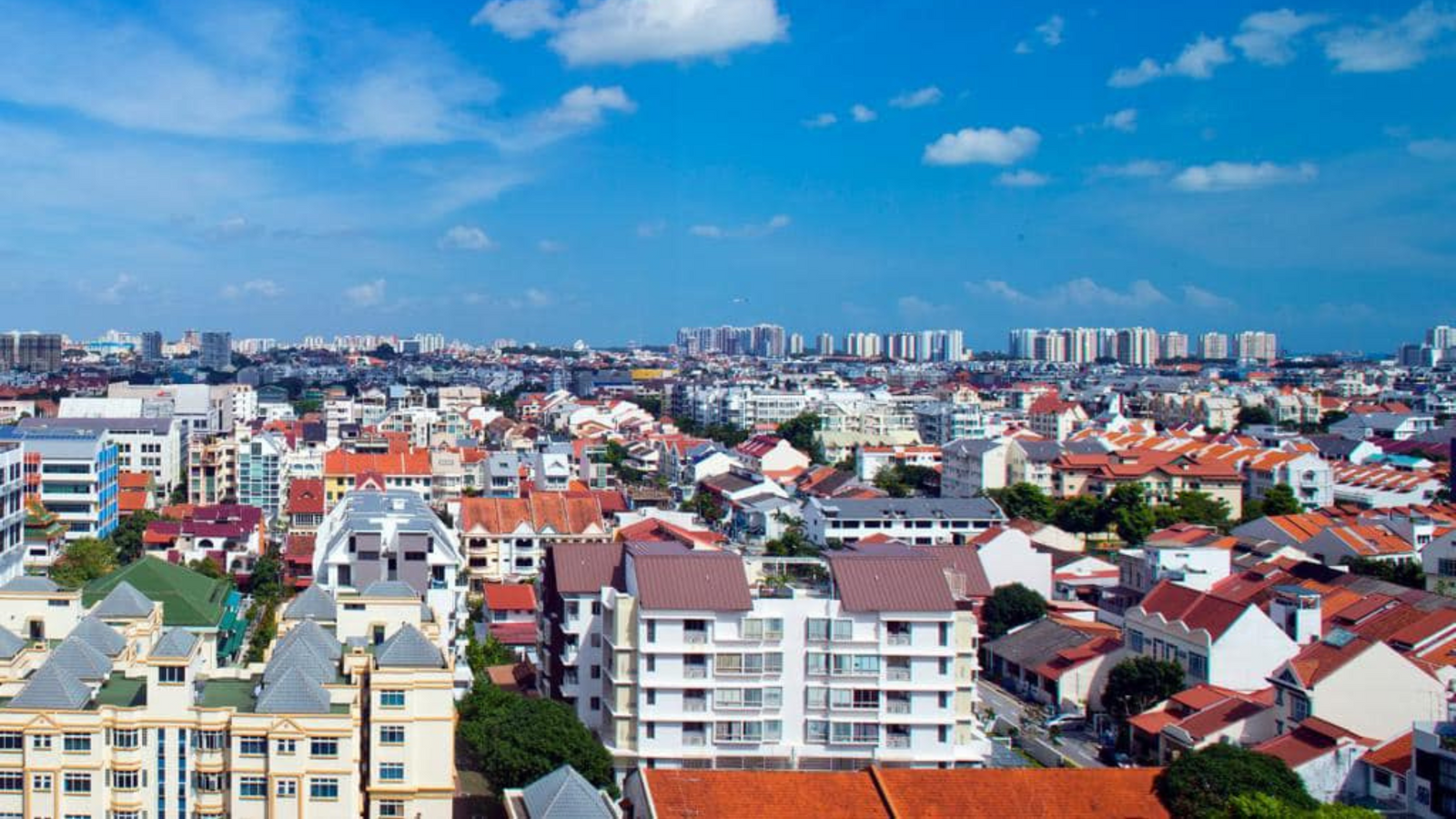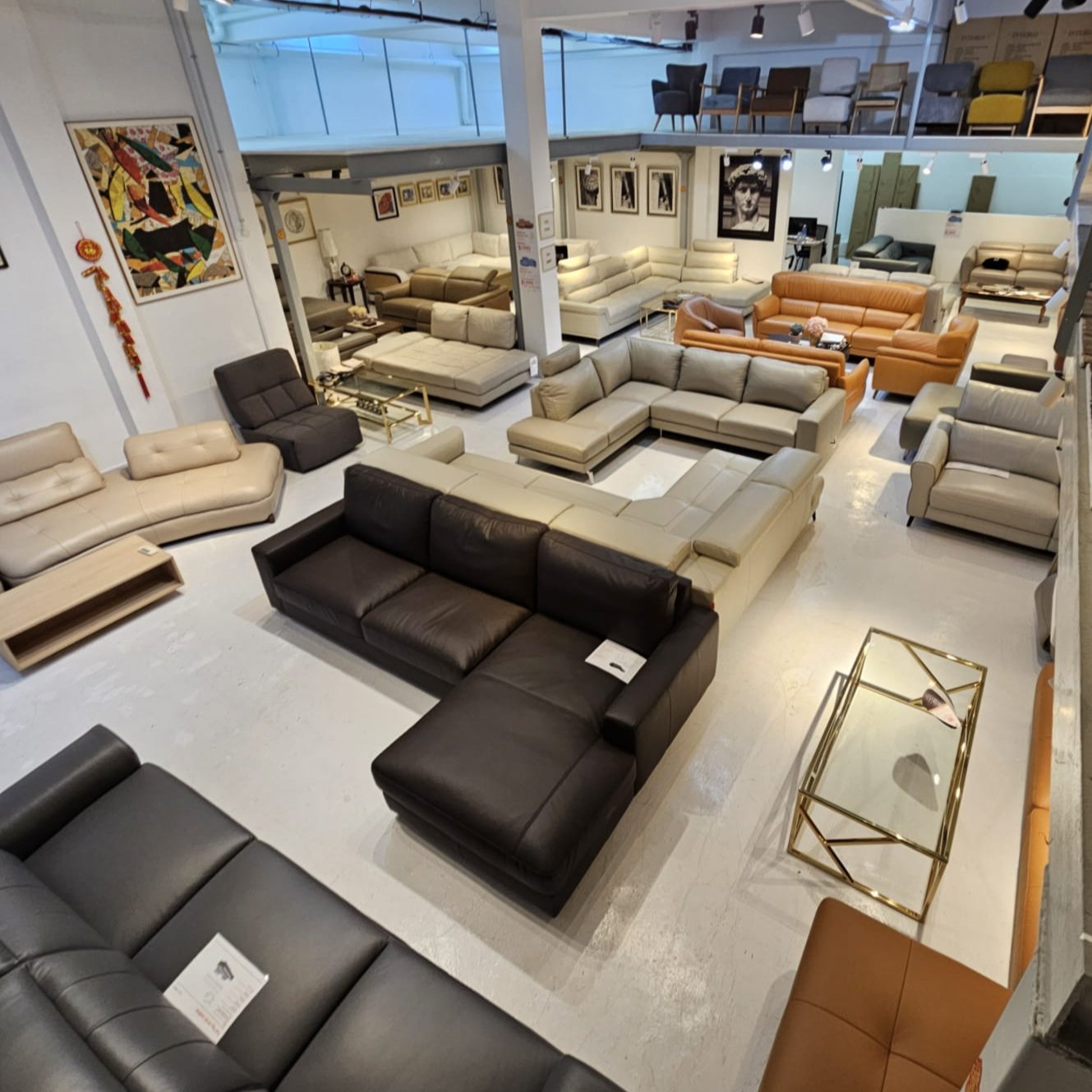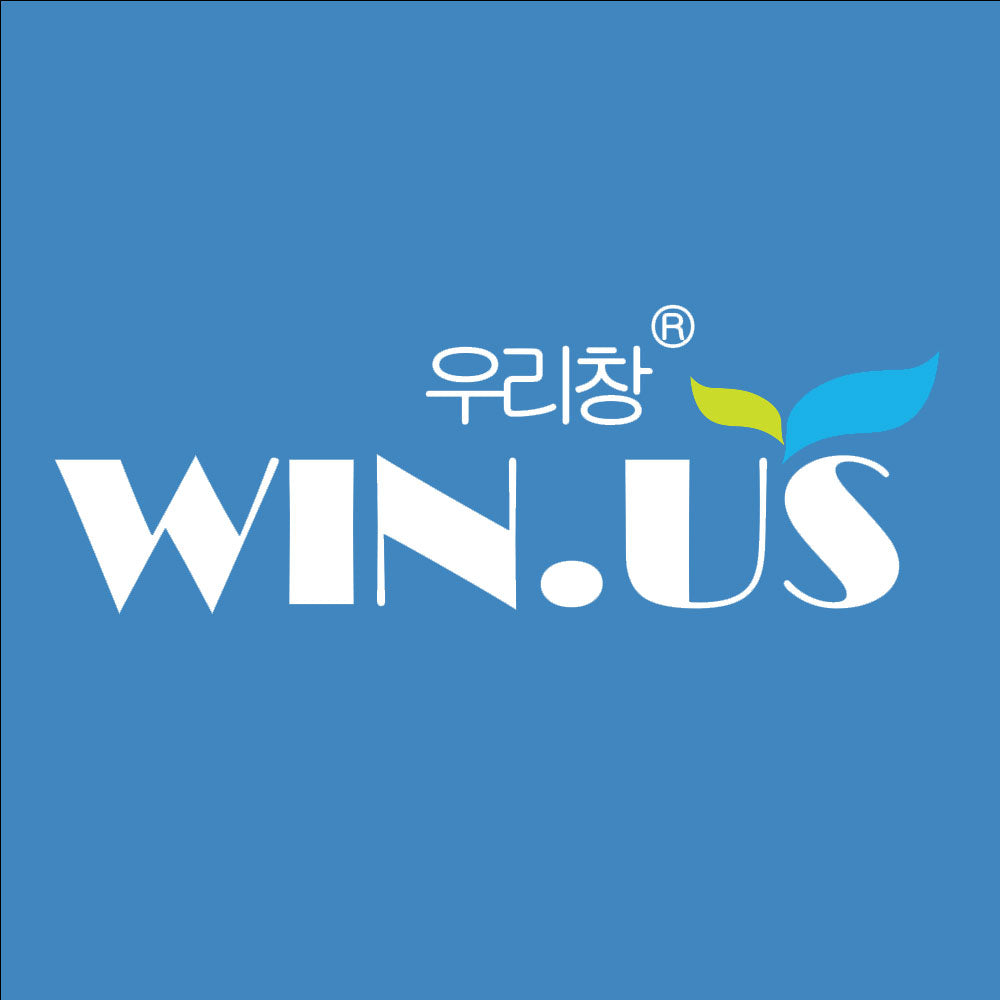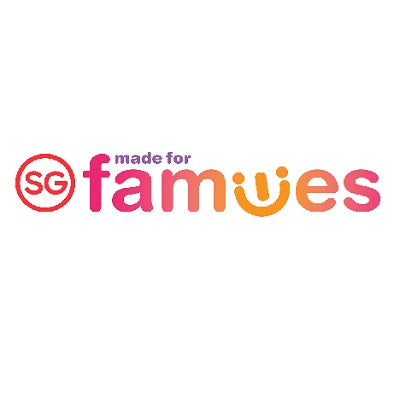Kembangan is a residential area and planning area located in the East Region of Singapore. Its history is intricately linked with the development of Singapore, reflecting the transformation from a rural landscape to a modern urban residential zone. The name "Kembangan" itself means "expansion" in Malay, hinting at the area's growth and development over the years.
Development and Transformation
Kembangan's origins can be traced back to the early 20th century when it was predominantly covered with coconut plantations and used as farmland. The area was rural, with kampongs (villages) and small-scale farms dotting the landscape. The life in Kembangan was simple, with communities closely knit and living in harmony with the land.
The transformation of Kembangan began in the mid-20th century, particularly after Singapore's independence in 1965. The government embarked on a massive urbanization program to accommodate the growing population and to modernize the country. Kembangan, like many other areas, saw the development of public housing estates, roads, and modern infrastructure.
The introduction of the Mass Rapid Transit (MRT) system in the 1980s further accelerated Kembangan's development. The Kembangan MRT station, part of the East West Line, made the area more accessible, encouraging residential growth and improving connectivity with other parts of Singapore. This accessibility has made Kembangan a desirable location for both living and investment.
Today, Kembangan is characterized by a mix of public and private housing estates, with amenities such as schools, parks, and community centers that cater to the needs of its residents. The area has managed to retain some of its greenery and open spaces, providing a pleasant living environment amidst urban development.
Cultural and Social Fabric
The social and cultural fabric of Kembangan has evolved over the years. The area is home to a diverse population, reflecting Singapore's multicultural society. This diversity is celebrated through various community events, religious practices, and festivals, contributing to a vibrant community life.
Kembangan also boasts a variety of local eateries and shops, offering a glimpse into Singapore's rich culinary heritage. These places serve as social hubs where residents gather, fostering a sense of community and belonging.
Religious Centres
Kembangan is also known for its vibrant and harmonious religious communities. Within its bounds, one can find a variety of religious institutions, including mosques, churches, and temples, each serving as a testament to the multicultural fabric of the area. These places of worship not only cater to the spiritual needs of the residents but also act as centers for community activities, fostering a sense of unity and belonging among the diverse population.
Mosques
One notable mosque in Kembangan is the Masjid Mydin, located on Jalan Lapang. It has served the Muslim community in the area for many years, offering a place for daily prayers, Friday congregational prayers, and Islamic learning sessions. The mosque is a focal point for Muslim residents, providing various community services and activities that promote Islamic values and fellowship.
Another notable mosque is the Masjid Al Abdul Razak. The mosque was named after an Arab business man from Kuwait, Abdul Razak, who owned the land where the mosque is. He sponsored its construction after he had donated that land as a wakf.

Churches
The Church of Our Lady of Perpetual Succour on Siglap Hill is a significant Catholic church in the area. It is known for its vibrant community services and active participation in social outreach programs. The church conducts regular Mass services, catechism classes, and community events that bring together people of all ages, contributing to the area's strong sense of community.
Another Christian establishment in Kembangan is the Bethesda Frankel Estate Church. This church offers a range of activities and services for its congregation, including worship services, bible study groups, and youth programs. It plays an important role in the Christian community's spiritual life and social engagement.
Temples
The Sri Sivan Temple, located on Geylang East Avenue, serves the Hindu community in Kembangan. This temple is dedicated to Lord Shiva and is a place of worship and spiritual solace for Hindus. It hosts a variety of religious ceremonies, festivals, and cultural events that are integral to Hindu traditions, drawing devotees from across Singapore.
The Pu Ji Si Buddhist Research Centre is another significant religious site, catering to the Buddhist population. It offers a tranquil environment for meditation, prayer, and learning about Buddhist teachings. The centre organizes Dharma talks, meditation sessions, and religious ceremonies, facilitating the practice of Buddhism and the cultivation of mindfulness and compassion.
Road Names Of Kembangan Estate
Most of the streets in Kembangan take on Malay names and the Malay terms “lorong” and “jalan” instead of “street” or “avenue” i.e. Lorong Sarina, Lorong Melayu, Jalan Senyum, Jalan Selamat etc.
Below are some of the road names around Kembangan
Conclusion
In conclusion, Kembangan's history is a testament to Singapore's journey from a rural landscape to a modern urban society. Its transformation has been significant, moving from agricultural lands to a well-developed residential area. Despite its modernization, Kembangan has managed to preserve a sense of community and cultural diversity, making it a unique and cherished part of Singapore. The area continues to grow and evolve, reflecting the dynamic nature of the city-state itself.
Recommended Links
- Shop all KUKA leather sofas.
- Recliner Collection.
- Caring for PU, PVC, and faux leather sofas and furniture.
- Semi-Aniline Leather vs. Full-Aniline Leather: Understanding the Difference.
- Leather Sofas - Top 10 Frequently Asked Questions (Singapore).
- Ten Ways to Help Maintain Your Leather Sofa.
- Foolproof Guide for Top Grain Leather Types And More.
- Shop solid wood sofas.
- Shop leather recliners.
- Follow our facebook page for the latest deals.














